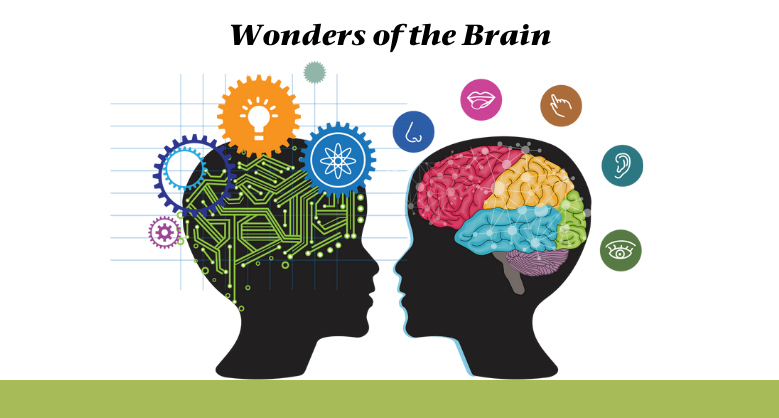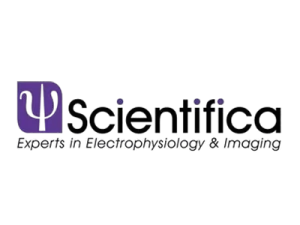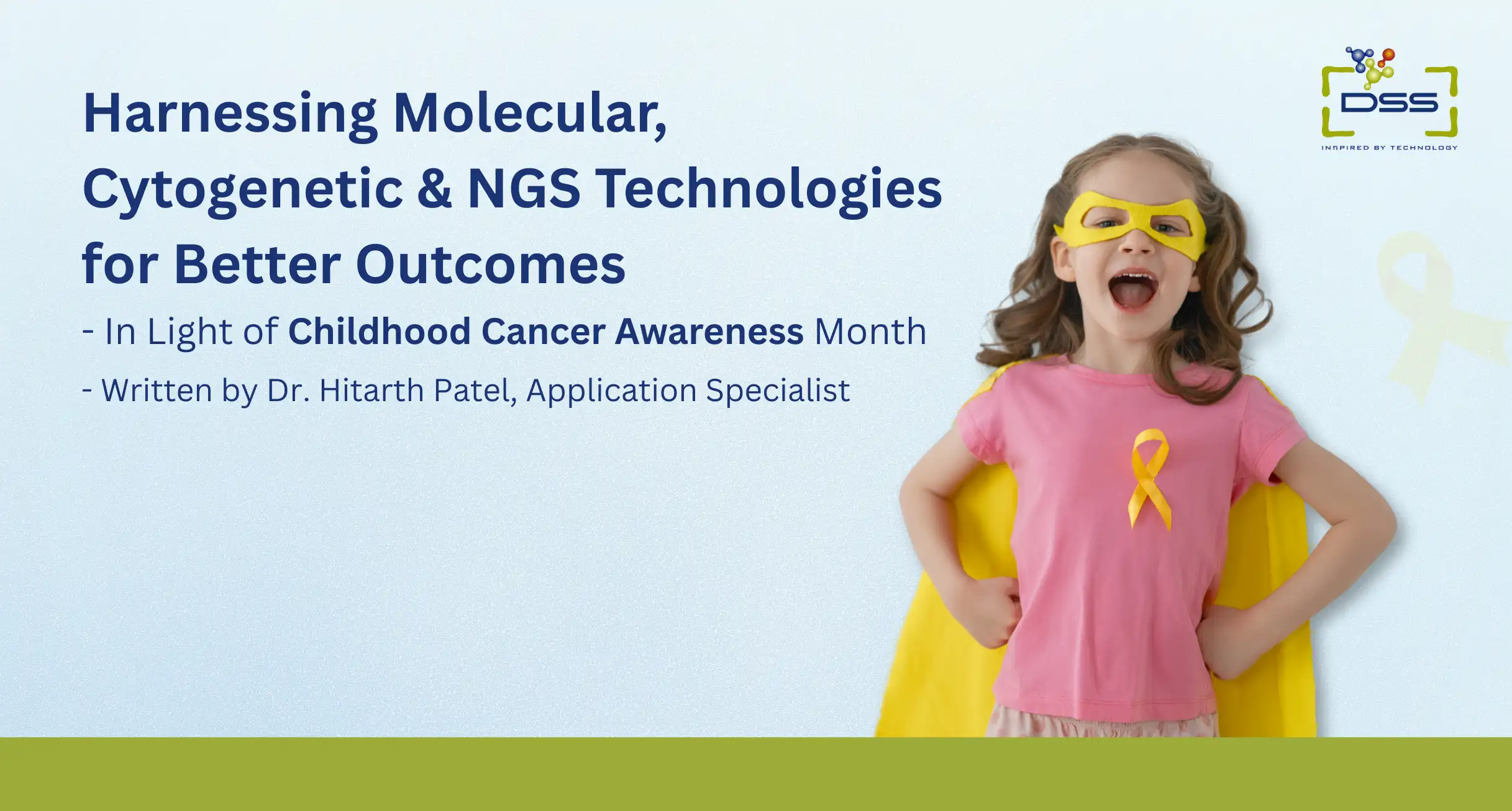DSS: Redefining Biotechnology & Life Science in India
- About Us
- Products & Services
PRODUCTS & SERVICES
- Applications & Specialities
All Applications & Specialities
- Brands
- Contact Us
-

-
 0
0
- ☰
- About Us
- Products & Services
- Applications & Specialities
- Brands
- Brand - Life Sciences
- 3i
- ABBERIOR INSTRUMENTS
- Abbott Molecular
- ADS Biotec
- APPLIED SPECTRAL IMAGING
- BioAir Tecnilabo
- DAKO (AGILENT)
- Eden Tech
- Elveflow
- ENTROGEN
- EUROCLONE
- EVIDENT
- Genea
- Hamamatsu Photonics
- Invivoscribe
- MASTER DIAGNOSTICA
- MBF BIOSCIENCE
- Medical Tek Co. Ltd
- MILESTONE MED SRL
- Molecular Machines & Industries
- MRC HOLLAND
- NeoDx
- Onward Assist
- Profound
- SCIENTIFICA
- Seqlo
- µCyte
- Brand - Industrial
- Brand - Life Sciences
- News & Events
- Career
- Contact Us
- Testimonial
- Blogs
- R&D
- CSR

Wonders of the Brain
BY Anima Das March 14, 2022
The human brain is one of the most important organs in the human body. It helps humans to be logical, generate thoughts, remember, calculate and learn new things each and every day. In fact, our brain is superior in functioning and is different from animals, amphibians etc.
There are lots of wrong information and myths about human brains which is understandable as it is the least explored area in Anatomy as well as in the Neurology branch of study in medical science. Hence there is much more for us to know than what we already know about the functions and capacity of the human brain. The study of the brain to go as a mainstream branch is just 17years old. So there are yet many facts yet to explore about the main organ of our body. So let me highlight some very interesting facts about our Brain which many of us may have knowledge about the same, or wrong information or still unknown. Let us explore the most complex manifestation of intelligence
HUMAN BRAIN FACTS:
- A normal brain weighs about three pounds which are 2% of the total body weight, but use 20% of our total energy and oxygen intake.
- Brain contains 73% water and takes only 2% dehydration to affect our attention, memory, and other cognitive skills.
- Strange though, 90 min of sweating can temporarily affect the brain structure as much as one year of our ageing.
- Brain is the fattiest organ in the body.25% of the body’s good cholesterol resides within the brain and without adequate cholesterol, brain cells die.
- As per the latest estimate (though not confirmed) the brain contains roughly 86 billion brain cells.
- A portion of cerebrum tissue that is simply, similar to a grain of sand contains 100,000 neurons and 1 billion neurotransmitters, all intercommunicating with one another.
- Each neuron can transmit 1,000 nerve impulses per second making tens of thousands of synaptic connections with other neurons.
- Our brain needs a constant supply of oxygen and it can survive a maximum of 5 mins without oxygen but resulting in some cells dying and then the person will also be brain dead.
- Babies have big heads to hold rapidly growing brains and a 2 yr old child’s brain is about 80% of an adult and in about 25 years of age, the human brain actually reaches its full maturity.
- Interestingly, 90% of your decisions take place in your subconscious mind.
- Brain information travels in an hour about 268 miles and generates on an average 48.6 thoughts per minute hence the brain is known as a “random thought generator”.
- Every minute, 750-1000 ml of blood flows through the brain. This is enough to fill a litre of water bottles.
- Our brain can process images that our eyes have seen for as little as 13 milliseconds, less than the time it takes for us to blink.
FUN FACTS :
Size matters for us in many things, but for our brain, bigger doesn’t always mean better or smarter.
- In general, men’s brains are 10% bigger than women’s, after taking into account having larger body size. Neanderthal brains were 10% larger than homo sapiens brains but not smarter.
- Albert Einstein’s brain weighed 2.71 pounds (1,230 grams) i.e 10% smaller than the average male brain of 3 pounds (1,360 grams). But also to note that the neuron density of his brain was greater than average.
LET’S SEE THE EFFECTS OF THE MODERN LIFESTYLE ON THE BRAIN
Our modern lifestyle is damaging the functions of our brain.
- Chronic stress and depression create havoc in modern life. Chronic stress not only makes us vulnerable to everything from cancer to the common cold, but it also negatively impacts our brain and can cause measurable brain shrinkage.
- The modern diet is low in omega-3 essential fatty acids. Low levels of omega-3 result in brain shrinkage equivalent to two years of structural brain ageing.
- Since the late 1800s, the average IQ has gone down 1.6 points per decade for a total of 13.35 points.
- Technology has forced most of us to be prodigious multitaskers. But our brain can’t learn or concentrate on two things at once. When we try to do two things at a time our brain takes a few moments of time to adjust every time we switch from one task to another. Whenever we attempt to multi-task we actually end up taking 40% longer time to finish than it would have taken if we did one task at one time. Hence multitasking causes us to actually make more mistakes, retain less information or decrease the attention span, our ability to learn, create short-term memory and overall mental performance. IQ also temporarily decreases by up to 15 points.
- Unexpectedly, millennials (aged 18 to 34) are more forgetful than their parents and they are more likely to forget what day it is or where they had put their keys etc.
- Over 140 proteins in the brain are negatively impacted by the exposure to electromagnetic frequencies which are emitted from cell phones and other electronic devices.
- Relying on GPS to navigate destroys your innate sense of direction, a skill that took our ancestor’s thousands of years to develop. When areas of the brain involved in navigation are no longer used then those neural connections fade away via a process known as synaptic pruning.
BRAIN FACTS UPDATE: MYTHS DEBUNKED
- The attention spans of humans are getting shorter. This “fun but alarming” fact turns out to not be true.
- The popular myth that we use only 10% of our brains is flat-out wrong.
Brain scans indeed reveal that we use most of our brain most of the time, even when we’re sleeping.
- There is no such thing as a left-brain or right-brain personality/skill type, we are not with left brain or right brain but with whole-brained individuals.
- In spite of what you’ve been told, alcohol does not kill brain cells. But excessive alcohol consumption can damage the connective tissue at the end of neurons.
- Playing, listening to music can make you smarter, happier, healthier, and even more productive at all stages of life. – this myth is true but not any particular type of music.
- We heard from people saying “there are more brain cells than there are stars in the Milky Way” and while this is a beautiful sentiment, it is not an accurate one. The brain has 86 billion neurons while there are 200-400 billion stars in the Milky Way.
- Until recently, it was a “fact” that we were born with a set level of intelligence and the number of brain cells could never be changed. But it is not true our brain has the capacity to change throughout our lifetime due to a property known as brain plasticity. Continuing to form new brain cells in the brain is known as neurogenesis.
FACTS ABOUT THE BRAIN AND MEMORY
It was once felt that the mind recorded memories like a camera, however, this is a tremendous oversimplification. Rather than being discrete accounts of involvement, memory-production is more similar to the making of improvisational jazz.
- Memory is more accurately considered an activity or a process rather than being associated with a specific area of the brain. Some random memory is deconstructed and circulated in various parts of the cerebrum. So for the memory to be recalled, it must be reconstructed from the individual fragments.
- Your brain starts slowing down at the ripe old age of 24, but peaks for different cognitive skills at different ages. In fact, at some random age, you’re probably improving at certain things and more terrible at others. An outrageous case is jargon abilities which may peak as late in life as the mid-70s.
- If you were drinking alcohol and don’t remember what you did last night, it’s not because you forgot. Your brain is incapable of forming memories while you are drunk
- It’s generally believed that people with exceptional memories are born intelligent, but this is not the case.
Most experts will tell you that having an outstanding memory is a skill they developed by employing the best memory techniques.
FACTS ABOUT BRAIN FORM AND FUNCTION
The human brain layout and characteristics are uniquely amazing and complicated for studying.
- Our brain tissues are not always dense. It’s actually very fragile, gentle and squishy much like the consistency of gelatin.
- Human Brain produces about 1/2 a cup of fluid each day which actually floats on the cerebrospinal fluids and acts as a shock absorber to preserve the brain from being damaged by means of its own weight.
- Sometimes, 1/2 of the brain is in itself sufficient as the whole one. When surgeons operate upon the brain to prevent seizures, they dispose of, 1/2 of the brain but the patient reveals no impact on their persona.
- Our mind has a sample of connectivity as particular as your fingerprints. Although ache is processed withinside the mind, it has no ache receptors and feels no ache. This also explains that a surgical operation can very well be done on the affected person being awake, without any pain or discomfort.
- The major difference between the brains of introverts and extroverts can be understood from the neurotransmitter dopamine. Dopamine is a chemical that is released in the brain providing motivation to seek external rewards like earning money, success in any field, attracting the opposite sex or getting selected for an important project. When dopamine floods the brain, both introverts and extroverts become more talkative, alert to their surroundings, and feel motivated to take extra risks to explore. It isn’t so much that loners have less dopamine present in their cerebrums than social butterflies do. Rather, both introverts and extroverts have the same amount of dopamine available. Hence the major difference is in the activity. It is more active in the brains of extroverts than in the brains of introverts
- Interestingly, the order of letters written doesn’t matter much to our brain. As long as we can read the first and last letters in the right spot, our brain can rearrange the letters to form words as fast as we read. For example :
Aoccdrnig to a rscheearch in Cmabrigde Uinervtisy, it deosn’t mttaer in waht oredr the ltteers in a wrod are, the olny iprmoetnt tihng is taht the frist and lsat ltteer be at the rghit pclae. The rset can be a toatl mses and you can sitll raed it wouthit porbelm. Tihs is bcuseae the huamn mnid deos not raed ervey lteter by istlef, but the wrod as a wlohe.
- Researchers involved in the AI Impacts project have developed a way to compare supercomputers to brains by measuring how fast a computer can move information around within its own system.
- Japan’s K computer is one of the most powerful computers in the world. Researchers tried to download the activities performed by the human brain, it took them 40 mins to crunch the statistics equal to simply 1 second of mind activity.
- Our brain is capable to perform up to 1016 different processes which actually makes it away greater than any laptop.
- The human mind is 30 instances more effective than the IBM Sequoia, one of the world’s quickest supercomputers.
- Memories are shockingly unreliable and alternate over time. Emotions, motivation, cues, context, and frequency of use can all have an effect on how appropriately we take into account something.
This includes “flashbulb memories” which arise in the course of demanding certain events.
- Amongst the hundred and thousands of thoughts of our brain it is predicted that 70% of this intellectual chatter is negative, self-critical, pessimistic, and fearful.
- If we are thinking that our life is in control of us then we should also know that 95% of our thoughts and decisions are taken during the subconscious mind.
- A blood-brain barrier protects the brain by preventing many foreign substances entering the vascular system from reaching the brain. But also some substances still sneak through as Nicotine rushes into the brain in 7 secs. Alcohol for example takes 6 minutes.
- Synesthesia is a situation where stimulation of one sense automatically evokes a perception of another sense so people with synesthesia might “taste” words, “smell” sounds, or see numbers as colours. It cannot precisely state why this occurs, but human beings have high hyper-connectivity among sensory regions within the brain and that there can be a genetic component.
- The human brain is extraordinarily complex and consequently can go awry in some spectacular ways.
- Also interestingly, Savant syndrome is a condition where those with serious mental disabilities including autistic disorder have an “island of genius.” which means that they are experts in some fields that a normal person’s brain may not be a genius in that field. The most widely recognized areas of virtuoso can be categorized as one of these classifications: music, workmanship, arithmetic, mechanical, or spatial abilities.
- Most savants are born that way, but a brain trauma or disease can cause sudden savant syndrome, where otherwise ordinary people suddenly develop genius-level abilities they didn’t have before.
- Brain cells need a constant supply of fuel to stay alive, yet they lack the ability to store energy. Fortunately, there’s a backup system. The liver breaks down stored fat to deliver ketone bodies that can be utilized as a substitute fuel when usually utilized blood glucose is not available.
- There are more cells in our brain than the stars we can see or cannot in the Milky Way.
Latest Articles
Harnessing Molecular, Cytogenetic and NGS Technologies for Better Outcomes In Light of Childhood Cancer Awareness Month
BY DSS Imagetech Pvt Ltd September 22, 2025
Written by Dr. Hitarth Patel, Application Specialist Every September, the world comes together for Childhood Cancer Awareness Month, represented by the gold ribbon. This month is dedicated to raising awareness, supporting families, and driving research to fight the leading cause of disease-related death among children. While tremendous progress has been...
Read MoreHow Delhi’s Biotech Industry Is Evolving with Cutting-Edge Research Tools
BY DSS Imagetech Pvt Ltd September 22, 2025
In the heart of India’s capital, a quiet revolution promises to change the future of medicine, agriculture, and sustainable living. What was once a landscape dominated by traditional industries is now a vibrant ecosystem of scientists, entrepreneurs, and government initiatives all working together to push the boundaries of biotechnology. Delhi’s...
Read MoreApplied Spectral Imaging: Unlocking New Insights in Medical Diagnostics and Research
BY DSS Imagetech Pvt Ltd September 12, 2025
What if the most crucial details of a patient’s diagnosis were hidden in plain sight, invisible to the naked eye? The world of medical diagnostics, especially in areas like cancer and genetic disorders, has long relied on the human eye and traditional microscopy. But as diseases become more complex and...
Read More


























